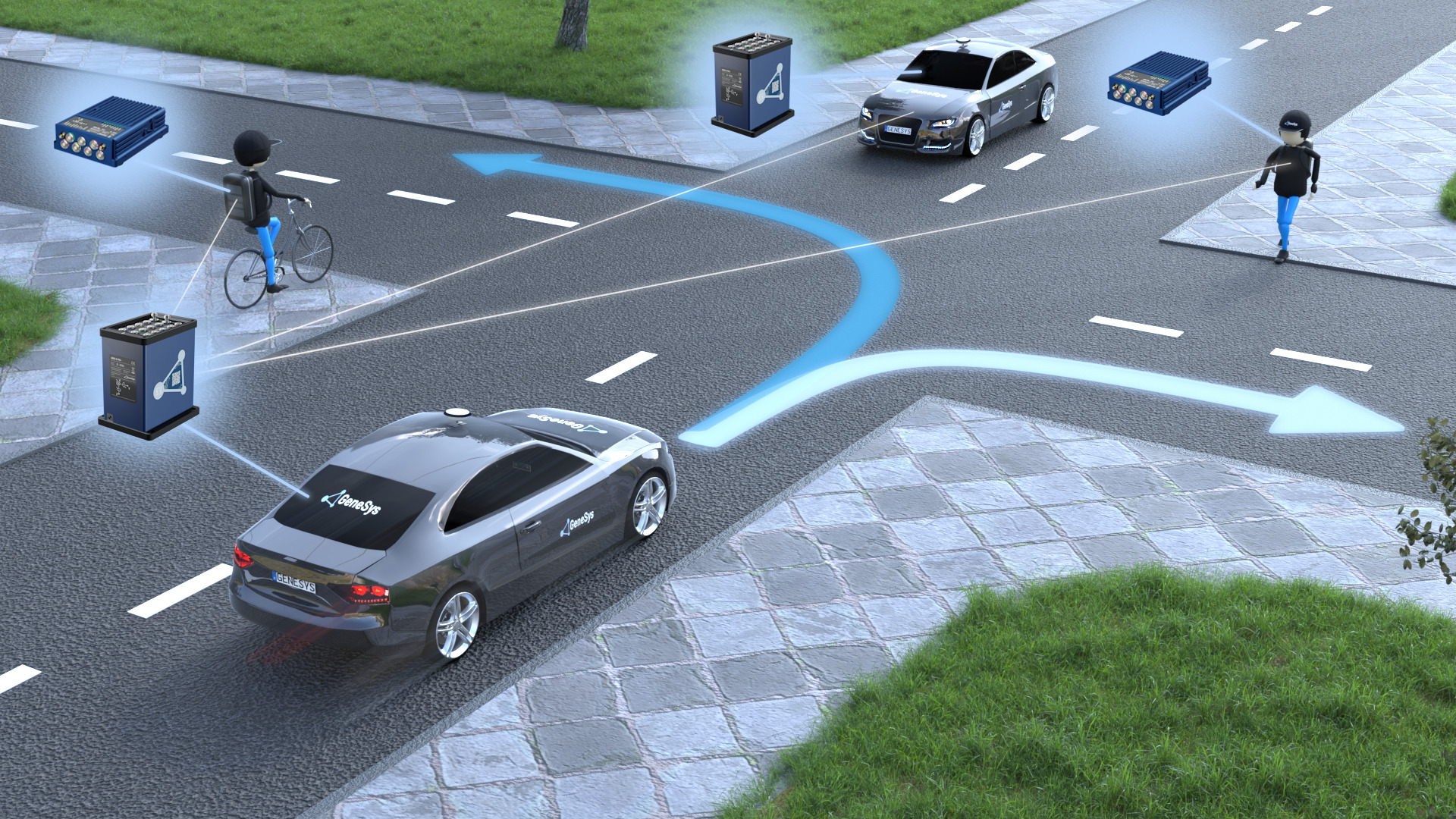SAE J2945 Cooperative Adaptive Cruise Control Testing
The SAE J2945 standard governs the testing of cooperative adaptive cruise control (CACC) systems, which are a key component in advanced driver assistance systems (ADAS). CACC enables vehicles to communicate with each other and with infrastructure, allowing for improved safety, efficiency, and comfort. This service ensures that vehicle-to-vehicle (V2V), vehicle-to-infrastructure (V2I), and other communication protocols meet the stringent requirements set forth by SAE J2945.
SAE J2945 requires rigorous testing to ensure that CACC systems perform accurately under various conditions. These tests typically include:
- Communication protocol validation
- Data exchange integrity checks
- Performance in different environmental conditions (e.g., rain, fog)
- Interaction with other vehicles and infrastructure elements
- Evaluation of safety features such as collision avoidance and lane-keeping assist
The testing process involves a combination of hardware-in-the-loop (HIL) simulations and real-world testing on test tracks. HIL allows for detailed examination of the software algorithms involved in CACC, while real-world tests ensure that all components function correctly in dynamic environments.
One of the primary challenges in testing CACC systems is ensuring seamless interoperability between different vehicle brands and models. SAE J2945 provides a standardized framework to facilitate this, making it easier for manufacturers to integrate and test their systems against industry standards.
The service provided ensures that all tests are conducted according to the latest version of SAE J2945, which is regularly updated to reflect advancements in technology. This standardization helps maintain consistent quality across different vehicle models and manufacturers, contributing to safer and more reliable vehicles on the road.
Why It Matters
The importance of testing CACC systems cannot be overstated, given the increasing reliance on autonomous and semi-autonomous driving technologies. Properly tested systems enhance safety by reducing the risk of accidents caused by human error or mechanical failure. They also improve traffic flow and reduce emissions through optimized vehicle speeds and spacing.
Compliance with SAE J2945 is crucial for manufacturers aiming to meet regulatory requirements in various regions around the world. This includes adhering to local standards such as EU NCAP (New Car Assessment Programme) and US NHTSA (National Highway Traffic Safety Administration). Meeting these standards not only ensures legal compliance but also enhances a manufacturer's reputation, attracting more customers.
From an engineering perspective, thorough testing of CACC systems helps identify potential issues early in the development process. This allows for timely corrections, reducing costs associated with post-production recalls and repairs. It also fosters innovation by encouraging continuous improvement in ADAS technology.
Benefits
- Enhanced Safety: Ensures that CACC systems function correctly under all conditions, reducing the risk of accidents.
- Regulatory Compliance: Helps manufacturers meet international and regional standards for autonomous vehicle testing.
- Innovation: Facilitates the development of safer and more efficient ADAS technologies by identifying issues early in the process.
- Customer Satisfaction: Ensures that vehicles perform as expected, leading to higher customer satisfaction and loyalty.
- Economic Benefits: Reduces costs associated with post-production recalls and repairs through early identification of issues.
- Environmental Impact: Optimized vehicle speeds and spacing can lead to reduced fuel consumption and lower emissions.





